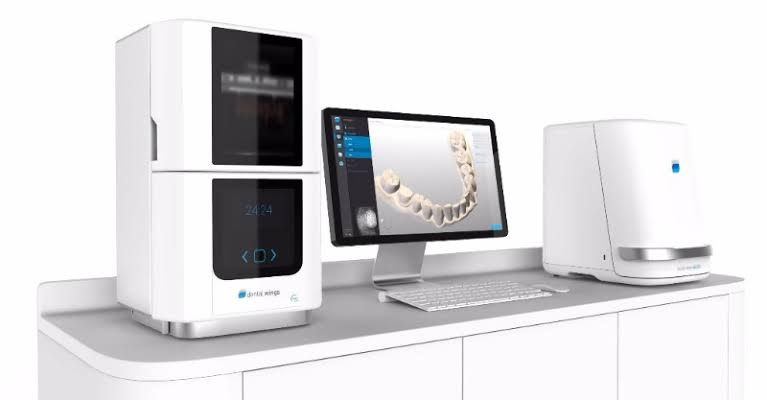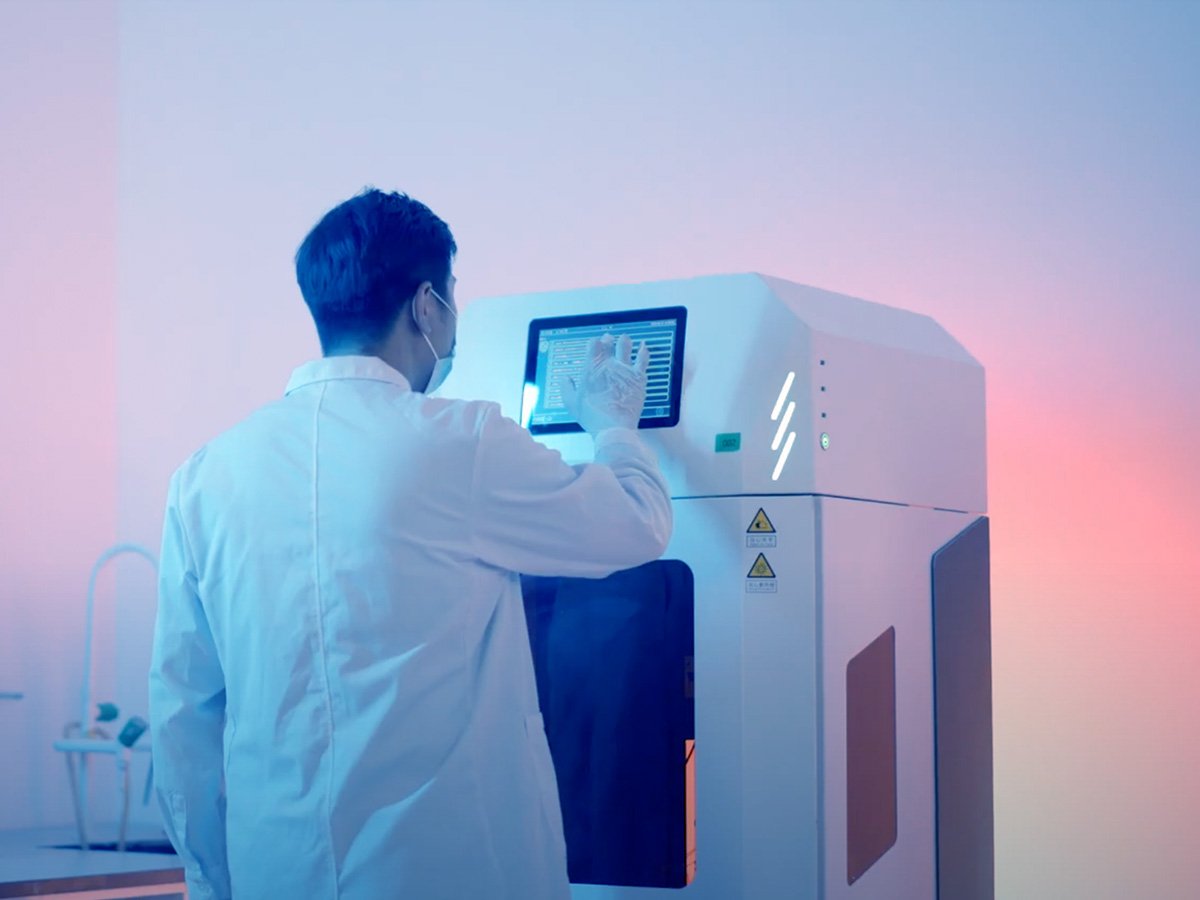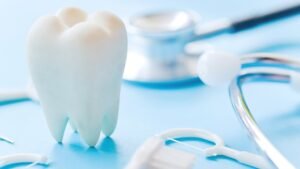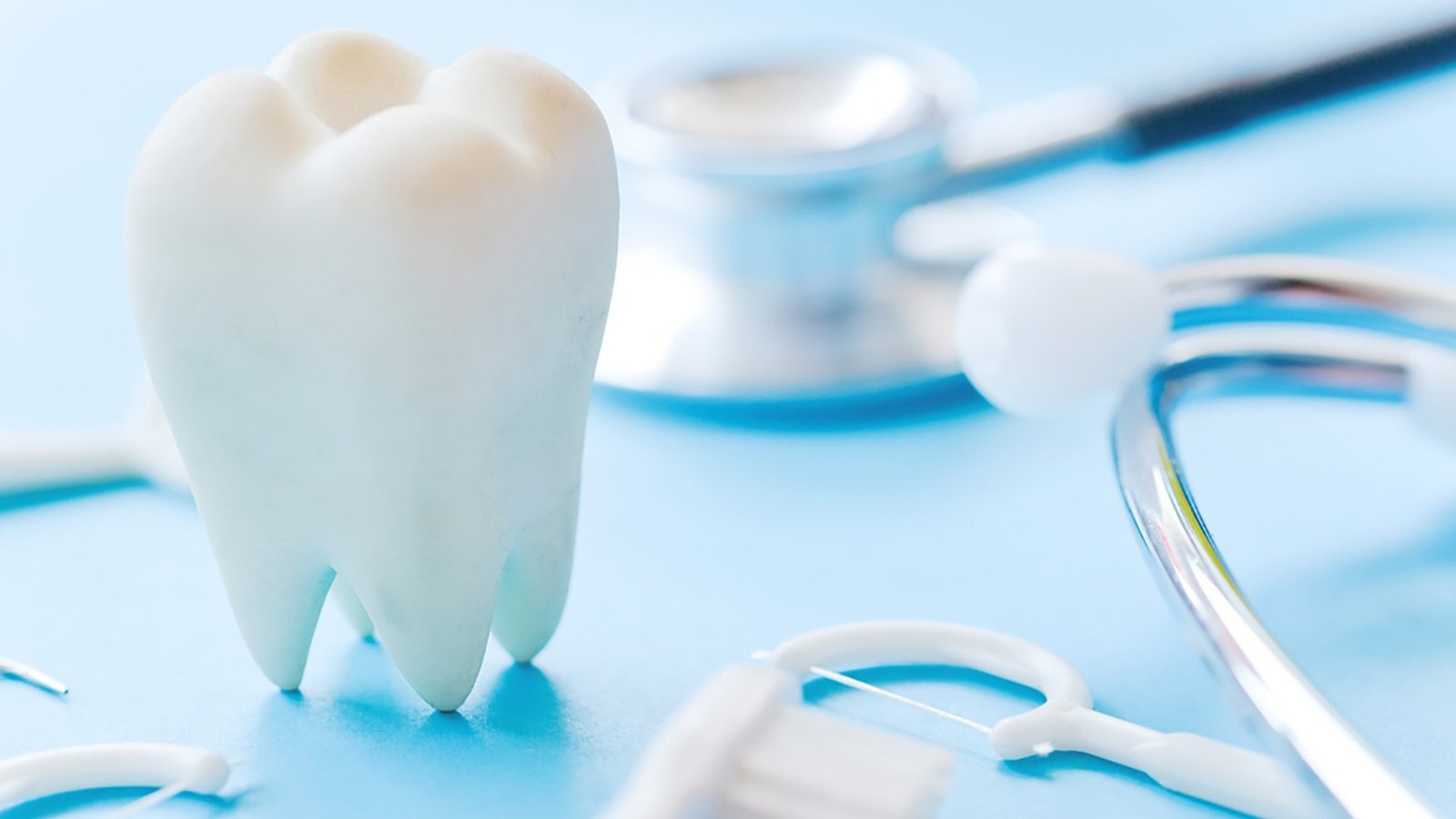It is to be understood that in the sphere of dentistry, the availability of the proper instruments is crucial for delivering the most effective services. A well-prepared dental instruments list ensures that dental professionals can perform treatments quickly and effectively. Introduction of the professional dental instruments for daily use and cardinal changes in the existing ones depend on the proper adequacy of the list of tools used daily. This article aims to focus on basic dental instruments, dental surgical instruments names, and advanced tools, providing a practical overview of the most common dental instruments names and uses that every dental professional should know.

- The Significance of a Comprehensive Dental Instruments List
- Basic Dental Instruments Names: Essential Tools for Everyday Care
- Dental Surgical Instruments Names: Precision Tools for Complex Procedures
- Dental Restorative Tools and Instruments Names: Fillings, Shaping, and Tooth Restoration
- Advanced and Specialized Instruments: Cutting-Edge Tools for Modern Dentistry
- Factors to Consider When Choosing the Best Dental Instruments for Practice
- Caring for Your Dental Instruments
The Significance of a Comprehensive Dental Instruments List
In every dental practice, the performance and efficiency of instruments are essential for both patient satisfaction and smooth workflow. Whether for simple exams or complex procedures, a complete dental instruments list ensures that dentists have the right tools for the job. Accurate knowledge of the dental instruments names and uses informs most of the choices that you make when purchasing or upgrading the equipment. Improved quality care and efficiency in your practice are only possible when there is, in addition to a well-balanced list of basic tools, surgical, and advanced dental instruments.
Basic Dental Instruments Names: Essential Tools for Everyday Care
These basic dental instruments are the backbone of any dental practice, used in almost every procedure to examine the mouth, diagnose issues, and assess overall oral health.
1. Mouth Mirror
- Function: Gives a side view of the oral cavity and illuminates for enhanced Visualization.
- Importance: The mouth mirror is an indispensable tool in a dental instruments list, It helps the dentist in his line of sight hence able to see difficult areas without squinting.
2. Explorer (Probe)
- Function: Diagnoses cavities, tartar, and many other imperfections visible on the surface of the teeth.
- Importance: The dental explorer is a critical diagnostic tool in the dental instruments list for early detection of tooth decay and dental caries.
3. Cotton Pliers
- Function: Possesses or grasps cotton rolls or other small objects that are found within the mouth.
- Importance: Maintains cleanliness and avoids cross-pollination.
4. Scalers and Curettes
- Function: Non-surgical method for dental cleaning that helps to eliminate tartar and plaque on the outer layer of the tooth’s crown.
- Importance: Scalers and curettes are vital components in any dental instruments list for maintaining oral health. Required for proper dental health when the teeth are being professionally cleaned.
5. Air-Water Syringe
- Function: Ensures a slow distribution of air or water, or a mixture of the two to the treatment zone.
- Importance: Assists in eliminating debris and moisture in the mouth in order to enhance visibility for treatment.
Dental Surgical Instruments Names: Precision Tools for Complex Procedures
When it comes to complex procedures, dental surgical instruments are essential for ensuring precision and minimizing patient discomfort. These specialized tools allow dental professionals to perform intricate operations with accuracy and efficiency. Below are some examples of dental surgical instruments commonly used in clinical practice:
1. Dental Forceps
- Function: Utilized to remove teeth with less harm to the soft and hard tissues.
- Use: Typically found on any dental instruments list for tooth extractions during oral surgeries.
2. Elevators
- Function: Shifts teeth and raises them from the gums.
- Use: A local anesthetic to use during dental surgery, particularly for extraction of teeth.
3. Bone Chisels and Mallets
- Function: Facial features in relation to surgical-specific bones during surgery.
- Use: Commonly included in a dental instruments list for orthognathic surgeries, implant placements, and bone removals.
4. Scalpel and Blade
- Function: Is used to make clean cuts in soft human tissues.
- Use: A fundamental tool on any dental instruments list used for periodontal surgeries or soft tissue procedures.
5. Surgical Suction Tips
- Function: Used in the procedure to remove blood and any debris on the operating area.
- Use: A critical component on a dental instruments list to ensure visibility during surgeries by keeping the area free of moisture and debris.
Outfitting your practice with these best dental instruments for practice makes it possible to be ready to handle complex situations.
Dental Restorative Tools and Instruments Names: Fillings, Shaping, and Tooth Restoration
These are the common dental instruments used in restorative procedures like fillings, cavity preparations, and shaping.
1. Dental Drill (Handpiece)
- Function: High-speed rotary tool for cutting enamel or dentin.
- Use: Removes decayed tooth material and precisely shapes cavities for fillings. This is one of the most common dental instruments in operative dentistry.
2. Dental Burs
- Function: Attach to the handpiece to grind, shape, or polish teeth.
- Use: Help in cavity preparation, removing old restorations, and contouring tooth surfaces.
3. Excavator
- Function: Removes soft, decayed material from cavities.
- Use: Clears out infected dentin and shapes the cavity before restorative material is placed. It is a must-have in any basic dental instruments names list.
4. Amalgam Carrier
- Function: Transfers amalgam material into the prepared cavity.
- Use: Ensures efficient delivery of amalgam without contamination or material loss.
5. Plugger (Condenser)
- Function: Compacts restorative material into the cavity.
- Use: Helps achieve a dense, stable filling that resists future breakdown.
6. Burnisher
- Function: Smooths and finishes the surface of restorations.
- Use: Shapes and polishes amalgam fillings to improve contour and reduce plaque retention.
7. Carver
- Function: Trims and sculpts filling materials.
- Use: Restores the tooth’s original anatomy for proper bite and aesthetic appearance.
Advanced and Specialized Instruments: Cutting-Edge Tools for Modern Dentistry
The current advancement in dentistry has provided ways and means of product development, which improves not only precision but also patients’ comfort during surgeries. The dental instruments name list now includes high-tech solutions that integrate the latest technologies. One such brand that has set strong floats in the industry is Aidite which is a dental material and instruments company.
The Aidite dental prosthetic technology is one of the technological advancements in dental prosthetics. These premium quality blocks serve the purpose best by offering tremendous strength, uniform appearance and are biocompatible in nature, and are well-liked by people most involved in the dental industry. Hence, when you incorporate professional dental instruments for daily use such as Aidite solutions in your working practice, you get long-lasting results and patient satisfaction.
Additionally, here are some other advanced instruments to consider adding to your dental instruments name list:

1. Intraoral Cameras
Facilitates morphological mapping in diagnostic work and also in explaining illnesses to patients. Frequently included in a dental instruments list to enhance patient understanding and improve diagnostic accuracy.
2. Laser Dentistry Tools
Accelerates healing of tissues, and reduces pain associated with procedures on soft tissue. A key addition to any Dental Instruments List for minimally invasive treatments and faster recovery.
3. CAD/CAM Systems
Involved in making crowns, bridges, and veneers. Essential on a dental instruments list for practices specializing in restorations and advanced prosthetic work.
Factors to Consider When Choosing the Best Dental Instruments for Practice
Choosing the best dental instruments for practice is not only investing in the right tools but is a smart move. Here are some key considerations to help guide your selection when reviewing a dental instruments list:
- Durability: When the quality of the materials is high there is a long life expectancy and fewer trips to the store to get replacement pieces.
- Ergonomics: Comfortable designs are efficient in preventing the tiredness of dental personnel during tiring operations.
- Brand Reputation: Choose trusted brands with a history of producing reliable, durable dental tools, eg: Aidite.
- Versatility: Universal devices are cheaper and take little space to store.
- Sterilization Compatibility: Equipment is required to resist multiple cycles of sterilization without losing its usage effectiveness.
On the question of oral care, getting professional dental instruments for daily use truly has a huge impact. Aidite stands out for its commitment to innovation and quality. Their dental products, like zirconia and other products, are creative to suit today’s advanced dentistry.
Caring for Your Dental Instruments
Better management of your tools is as vital as having the right dental Dental Instruments. Follow these steps to extend the life of your instruments:
- Regular Cleaning: The debris should be cleared to avoid corrosion as soon as they are used.
- Sterilization: Autoclave or chemically sterilize as directed by manufacturer’s instructions.
- Inspection: Over time check for signs of wear, areas such as the cutting edge and the joints should be checked.
- Proper Storage: Always ensure that instruments are packed in sterilized pouches or trays just in case they may have been contaminated.
FAQs about Dental Instruments Names List
1. What are the most common dental instruments used in general dentistry?
The most common tools found in a basic dental instruments list include the mouth mirror, dental probe, explorer, scaler, and dental drill. These are used for examination, cleaning, and treating dental cavities. Understanding dental instruments names and uses helps patients feel more informed and comfortable during treatment.
2. How many types of dental instruments are there?
There are different types of dental instruments categorized by function: diagnostic, restorative, surgical, periodontal, and endodontic tools. Each category includes specialized tools—such as explorers for diagnosis, scalers for cleaning, and forceps for tooth extraction—making up a complete dental instruments name list used in various dental procedures.
3. What is the best way to organize a dental instruments list in a clinic?
A well-organized dental instruments list should be categorized by usage: diagnostic, operative, surgical, and hygiene tools. Clinics often label trays or storage units to separate basic dental instruments, restorative tools, and surgical sets, ensuring quick access and enhanced workflow during procedures.
Conclusion
An efficient dental instruments list is one of the foundations of a given dental practice establishment. This dental instruments names list provides a practical overview of dental tools and instruments names, their uses, and how they contribute to quality oral care. From basic dental instruments like mirrors and tweezers to the currently used specialized instruments in Prosthodontics; surgery and implantology, the use of appropriate instruments guarantees the fulfillment of tasks within the shortest time and the beneficiaries’ satisfaction.
By familiarizing yourself with the different types of dental instruments, you’ll better understand the workflow of a dental practice and the tools behind every successful procedure.
This is an important step to making your practice what it should be, with reliable and innovative solutions such as those provided by Aidite. For any practicing dentist whether newly qualified or experienced, having the best dental instruments for practice in your clinic gives you an edge when it comes to practice.



